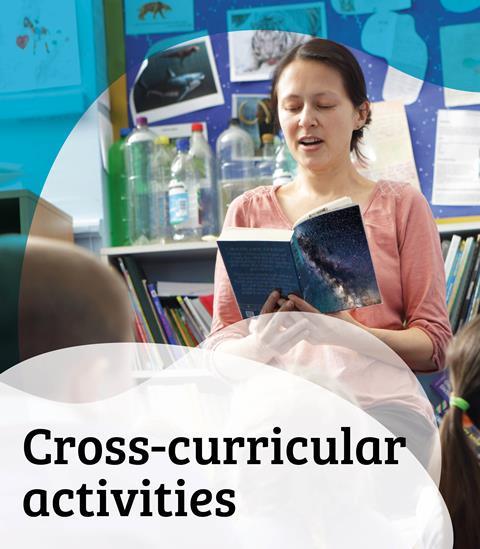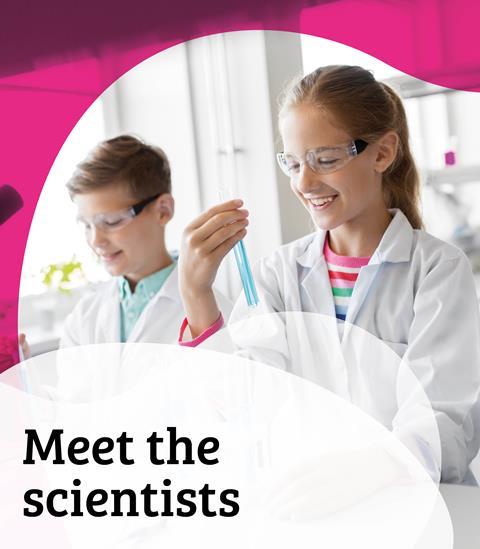The ‘solids, liquids and gases’ chapter from That’s Chemistry! This chapter looks at key ideas and activities that can be used to help students learn about solids, liquids and gases, and understand that some materials change state when they are heated or cooled
These PDFs have been taken from the popular book, That’s Chemistry! compiled by Jan Rees.
This book covers key ideas of physical science that primary students learn about, as well as giving numerous suggestions of activities, demonstrations and investigations that can be used to enhance students’ learning.
If you teach primary science, see the headings below to find out how to use this resource:
Skill development
Children will develop their working scientifically skills by:
- Asking their own questions about scientific phenomena.
- Selecting and planning the most appropriate ways to answer science questions, including:
- Finding things out using a wide range of secondary sources of information.
- Grouping and classifying things.
- Carrying out comparative and fair tests.
- Recording data and results using scientific diagrams and labels, classification keys, tables, scatter graphs, bar and line graphs.
- Drawing conclusions and raising further questions that could be investigated, based on their data and observations.
- Using appropriate scientific language and ideas to explain, evaluate and communicate their methods and findings.
Learning outcomes
Children will:
- Compare and group materials together according to whether they are solids, liquids or gases.
- Observe that some materials change state when they are heated or cooled, and measure or research the temperature at which this happens in degrees Celsius.
Concepts supported
Children will learn:
- That substances and materials can be classified as solid, liquid or gas depending on their properties.
- That some materials can change state and that these changes are often reversible.
- That the properties of a solid extend beyond being hard, rigid materials. In fact, solids can be flexible and can bend, or even bounce.
Suggested activity use
This resource provides a useful long-term planning tool for mapping out different activities to help children develop their understanding of solids, liquids and gases, and how to classify materials and substances into these categories.
There are opportunities for experiments and the concept cartoons provide a useful way to test and challenge children’s thinking, affording you an opportunity to assess their understanding.
Practical considerations
You will need to be clear about which experiments and tests you are going to use and what specific learning you want children to gain as a result of doing them.
The different activities will require different resources and equipment, which will need to be sourced prior to the lesson. When providing examples of different solids, it is important to provide materials that are flexible or have properties other than being hard and rigid, to tackle the misconception that ‘all solids are hard and rigid’.
Downloads
Solids, liquids and gases
Book | PDF, Size 9.2 mbBibliography and teachers resources
Book | PDF, Size 2.53 mbConcept cartoons on materials and their properties
Book | PDF, Size 0.67 mb
Websites
Additional information
That’s Chemistry!

Discover the informative chapters of That’s Chemistry! Each chapter explains a chemistry concept and gives numerous ideas for activites to support students’ learning.
- 1
- 2
- 3
 Currently
reading
Currently
reading
Solids, liquids and gases
- 5
- 6
- 7
- 8
- 9
- 10
- 11
- 12
- 13





































No comments yet